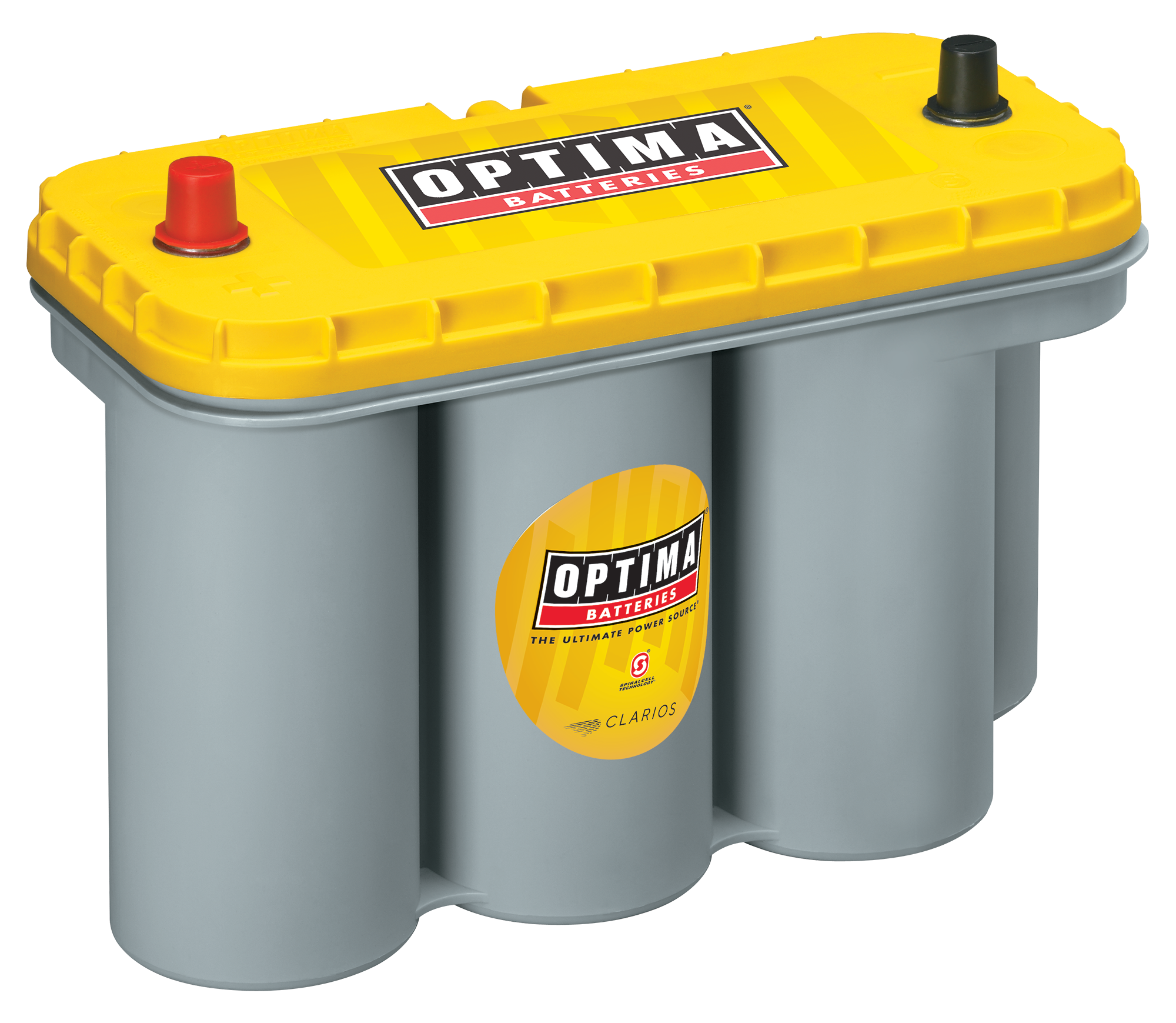How long will my OPTIMA battery power my refrigerator?

- Sponsor
- OPTIMA Batteries
- Location
- Milwaukee, WI


We frequently come across questions from consumers who want to purchase a battery to power their accessories, but don't know how much run time they will get in their application. These can vary from powering a blender or TV for an afternoon of tailgating or keeping food refrigerated during a month-long camping odyssey. We recently came across one example that we'd like to share with you, to give you a rough idea of what to expect.
First of all, any battery being used in an auxiliary capacity should be designed for deep-cycle use. This would include all of our YELLOWTOP and BLUETOP (except the 34M BLUETOP) batteries, but none of our REDTOP batteries, which are considered SLI (starting/lighting/ignition) batteries. The important specification in these applications is not cranking amps, but Amp-Hours or Reserve Capacity, with physically larger batteries generally having more capacity than their physically smaller counterparts. Some of the largest batteries we manufacture are our Group 31 batteries (pictured), which are 75 amp-hour batteries with a reserve capacity of 155 minutes. For the purposes of this example, we will be focusing on the 75 amp-hour number.
We recently came across a consumer, who purchased one of our Group 31 batteries to power his fridge on a camping trip. This consumer managed to find out that his refrigerator consumes anywhere from 290mA (.29 Amp-hours) to 610mA (.69 Amp-hours), depending on the outside air temperature and other similar factors. With those numbers, we can calculate an approximate range as follows:
290mA x 24 hours = 6.96 amps per day
610mA x 24 hours = 14.64 amps per day
When we divide the capacity of 75 Amp-hours by the daily consumption, we arrive at an approximate range of time- about five to ten days. However, there are other factors to consider. Hotter temperatures may make the fridge work harder and consume more energy, as would opening and closing the fridge repeatedly throughout the day. OPTIMA batteries have very low internal resistance, which can allow them to operate well beyond their specified ratings. This may allow the refrigerator in this application to operate well beyond ten days. Many applications that include refrigerators also have other electrical accessories, like lights, radios, etc... which may also draw current. If there are other accessories connected to the same battery, the runtime may decrease significantly, depending on the demand of those other accessories.
Will deeply-discharging a battery in an application like this ruin the battery? If the battery was designed for deep-cycle use, it should be able to handle such use. However, the shallower a discharge cycle, the longer a battery is likely to last. That means someone who only discharges their battery to 80% may see 100-200 more cycles than someone who discharges their battery to 60% (approximate numbers cited only as a rough example, that can vary significantly in a given application)
Regardless of what the total draw is in a given application, it is important to remember that proper battery voltage is the key to long battery life. Fully-charged, our YELLOWTOP and BLUETOP (except for the 34M) batteries will measure about 13.0-13.2 volts. Whenever any battery is discharged below 12.4 volts and is left sitting in that state, sulfation will begin to form in the battery, which will diminish both capacity and lifespan. That makes a quality battery maintenance device an excellent investment for any vehicle or application that doesn't see regular use or may deeply-discharge batteries.
